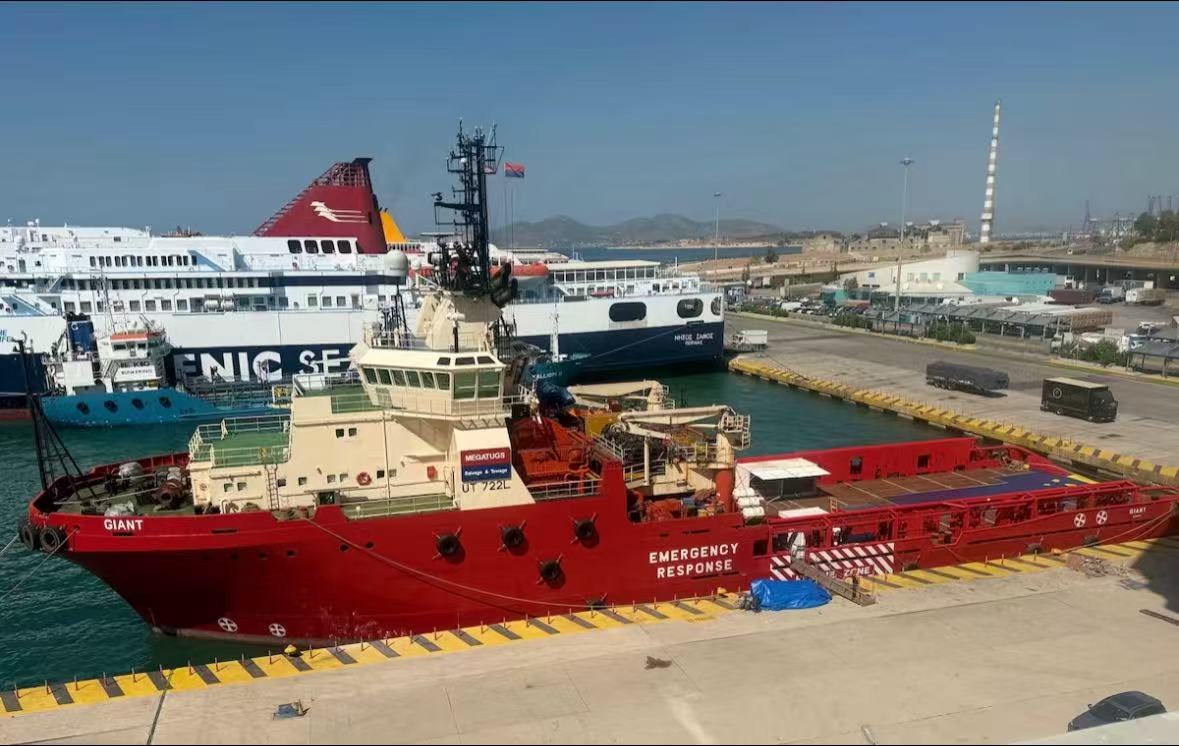I. Core Agreement Content and Key Terms
The US and EU reached a framework agreement on July 27, 2025, stipulating that EU exports to the US will uniformly apply a 15% benchmark tariff rate (excluding existing superimposed tariffs), successfully averting the 30% punitive tariff originally scheduled for August 1. The agreement covers most industrial goods, including automobiles, but implements a differentiated tariff system:
Steel and aluminum products retain a 50% high tariff (to transition to a quota system in the future);
Key categories such as aircraft and parts, semiconductor equipment, and select agricultural products enjoy zero-tariff reciprocity.
The EU also committed to purchasing $750 billion in US energy (LNG and nuclear fuel) over three years, adding $600 billion in US investments, and fully opening its industrial markets to the US.
II. Negotiation Drivers and Essence of Exchange
This agreement is fundamentally a political gamble wherein the US leveraged tariff threats to extract strategic concessions from the EU. Driven by the $235 billion US-EU goods trade deficit in 2024, the Trump administration threatened 50% tariffs in May to pressure negotiations, forcing EU compromise before the August 1 deadline. The EU traded energy purchases (replacing Russian dependence), expanded military procurement, and investment concessions for the 15% rate (better than 30% but far below its zero-tariff goal), while the US protected core industries through zero-tariff lists. Disagreements remain on tariffs for goods like liquor and generic drugs, with semiconductor and pharmaceutical tariffs to be determined separately based on the Section 232 investigation results within two weeks.
III. Subsequent Impact and Potential Risks
While temporarily easing trade tensions, the agreement sows three major risks:
Implementation Uncertainty: Ambiguity in zero-tariff product scope and steel quota transitions may trigger disputes;
Industrial Shock: The 15% tariff will raise costs for European automakers (previously averaging 1.2%), eroding price competitiveness for SMEs;
Chain Reaction: The US-EU tariff alliance may accelerate global trade fragmentation, particularly pressuring China and Asia-Pacific economies (Taiwan, South Korea, India, Vietnam) facing the August 12 US-China tariff talks. European critics condemn the deal as reflecting “US-EU inequality,” potentially weakening transatlantic economic trust long-term.
Choose WAYOTA International Freight for More Secure and Efficient Cross-Border Logistics! We continue to monitor this case and will bring you the latest updates.
Our main service:
·One Piece Dropshipping From Overseas Warehouse
Welcome to inquire about prices with us:
Contact: ivy@szwayota.com.cn
Whatsapp:+86 13632646894
Phone/Wechat : +86 17898460377
Post time: Jul-30-2025









